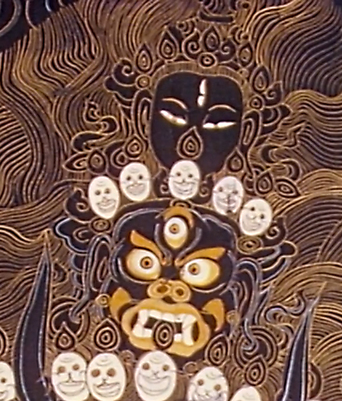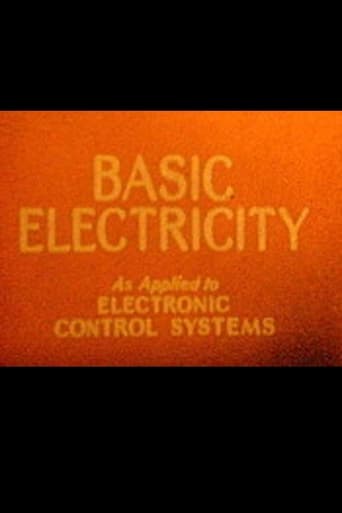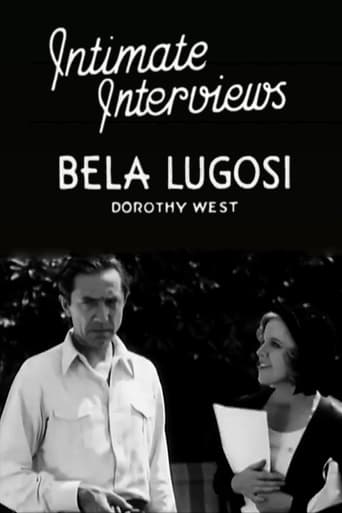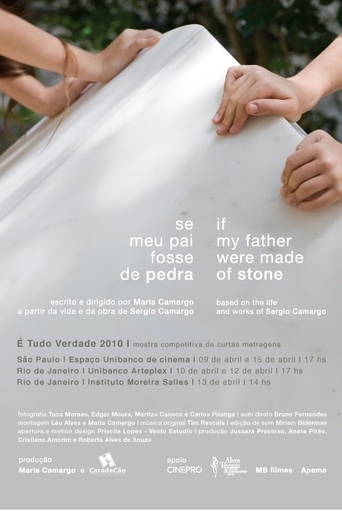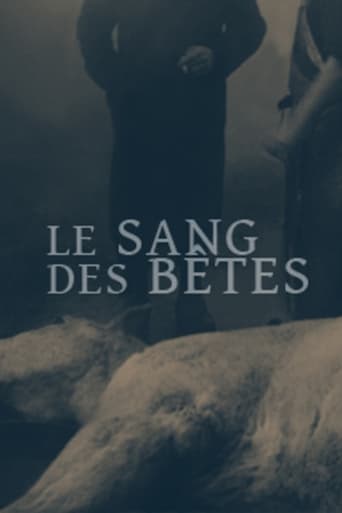
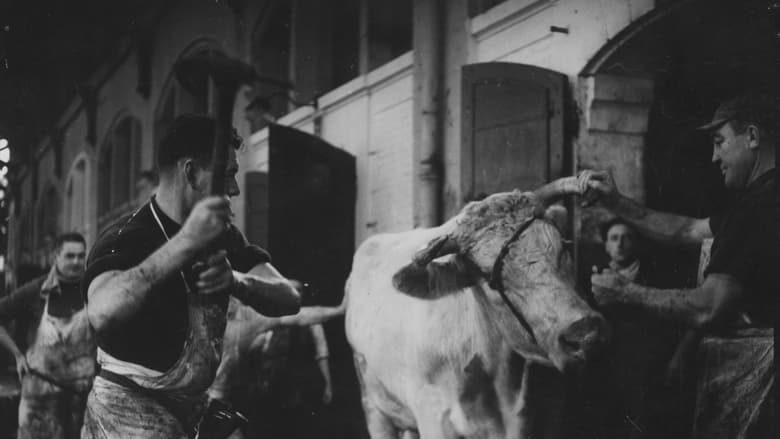
Blood of the Beasts (1949)
An early example of ultra-realism, this movie contrasts the quiet, bucolic life in the outskirts of Paris with the harsh, gory conditions inside the nearby slaughterhouses. Describes the fate of the animals and that of the workers in graphic detail.
Watch Trailer
Cast


Similar titles
Reviews
Terrible acting, screenplay and direction.
Good story, Not enough for a whole film
It’s an especially fun movie from a director and cast who are clearly having a good time allowing themselves to let loose.
Watching it is like watching the spectacle of a class clown at their best: you laugh at their jokes, instigate their defiance, and "ooooh" when they get in trouble.
In a suburban outskirt of post-WW2 Paris, we are enamoured by the beauty of one of France's pearls. It's an ordinary day where time seamlessly and relaxingly passes by. We wonder, "what's going on?"It's only when you search inside the buildings one actually realizes the life (or lack thereof) in the city. Paris, a destination spot for romantics and travellers abroad, has its meat industry displayed--not their biggest attraction. It's not a heinous crime nor an "extreme" act. Yet it's only when peering behind the guarding walls we see the treachery the human race is capable of. Choosing to disregard mass murder is one thing, but the blood on our hands, innocence stolen and suffering caused is something we will take to the grave. The complete sense of normality is the most sinister aspect of this short film. Rarely do people actively consider what they are consuming. We observe how very regular the acts of slaughter are depicted and it appears to be an outrageous crime. But it's not. It happens in our very own backyard and in the most elegant of places.
Opinions differ on how explicit a film on animal cruelty has to be in order to make the utmost impact. Being a big fan of the documentary "Earthlings" featuring Joaquin Phoenix' voice, I'm usually off the opinion that subtlety is not the solution, but depicting the blatant cruelty as it happens is the key. That's why I also ended up liking Georges Franju's very graphic take on the matter. The parallel to the workers was nicely done, especially the contrast between the early scenes of the amusement park and everything that followed afterward, but the real "highlight" of the film where the scenes from the horse slaughterhouse or those scenes where the hooves get cut off or the cow takes the hammer to head. It's really sad and heartbreaking, especially taking into consideration that not much has changed and the rise of vegetarianism and veganism has been matched, probably surpassed, by the general rise of the world population.The narration is pretty good, especially from the female, although reading about her tragic fate is kinda sad. Nicole Ladmiral wasn't even twenty back then, but shows a great deal of intonation. The film's a bit like "Earthlings" 60 years earlier, equally brutal though much shorter and I recommend this film a lot, especially to people who want to think about their eating habits and consider a change for the better. It's one of my favorite short films and documentaries from Franju and the 1940s. With works like this, especially how early in his career this was made, it's a pity the director has kinda vanished into oblivion to everybody but film history enthusiasts.
Everyone who wants to see the brutal reality of a slaughterhouse, at least circa 1949 in Paris, should be open to seeing this film. Although some people seem to have come away thinking this is was an anti-meat movie, that is only their point of view. Yes, you see horrific images of horses, cows and sheep butchered. It will likely turn your stomach. But I doubt this documentary was made with the intention of turning people off meat.The director focuses on the people too: the man whose own leg had to be cut off after an accident, for example. And it is clear that this business is just a job to many of the workers, and there is no moralizing about it.It is difficult to watch. But it is the truth (I guess); and really, if you think about it, the animals in this film are arguably treated better (killed quickly) than in that recent undercover PETA video of downer cows.
Luis Buñuel was Georges Franju's favorite filmmaker. Now imagine the shocking eyeball- slicing scene of "Le Chien Andalou" (which, as you may well know, was a dead sheep's eyeball) taken to the goriest consequences: Franju takes his camera to a slaughterhouse in the outskirts of post-war Paris, and the appalling scene from Buñuel & Dali's classic feels like child's game compared to what is shown in this short documentary. Here, we see -- in all horrifying details, truth and gore -- horses, cows, calves and sheep being matter-of-factly, bureaucratically slaughtered by dexterous butchers with axes, knives, hammers, and they don't even stop their smoking or casual whistling while doing their jobs. Among these indelible, nauseating scenes, we see an employee "caressing" a horse's head seconds before fatally puncturing its skull; the Berkeleyish "chorus line ballet" of decapitated sheep's paws; the still convulsive trunk of one decapitated, blood-drained, paw-less calf; and the gallons of steaming blood serving as an "illustration" of Charles Trenet's famous song "La Mer" ("The Sea"), heartily sung by one of the workers. In "Le Sang des Bêtes" you will see probably the most horrifyingly graphic scenes EVER filmed.This film brings uncomfortable thoughts: on the one hand, how most of us -- consumers -- implicitly condone with this methodical, "impersonal" slaughtering of domestic, harmless creatures as long as we don't think very much about how meat, leather, soaps, etc "magically" appear at the supermarket or in a store. On the other hand, we wonder how butchers and other slaughterhouse workers manage to sublimate guilt, compassion and repulsion in a totally matter-of-fact, professional manner (they have to earn a living), proving how human beings can adapt to almost ANY circumstance (surely then-recent WW2 Nazi horror in concentration camps is very clear reference in "Le Sang...:"). "Le Sang..." features as an extra on the DVD that brings Franju's horror masterpiece "Les Yeux Sans Visage" (1959) and it's totally apropos: it's a perfectly macabre pas-de- deux. Impossible not to link the cold-hearted slaughter and skinning of the animals in "Le Sang..." with high-brow-gone-berserk surgeon Pierre Brasseur face-skinning his helpless victims with flawless craftsmanship in "Les Yeux". (Once again, the Nazi concentration camp "scientific" experiments are paralleled).This is compulsory viewing for animal-rights activists and environmentalists. Don't even think of watching "Le Sang des Bêtes" if you're faint-hearted or after a meal; and beware you meat-eaters, this one may turn you in a vegetarian or at least make your next hamburger taste REALLY bad.


